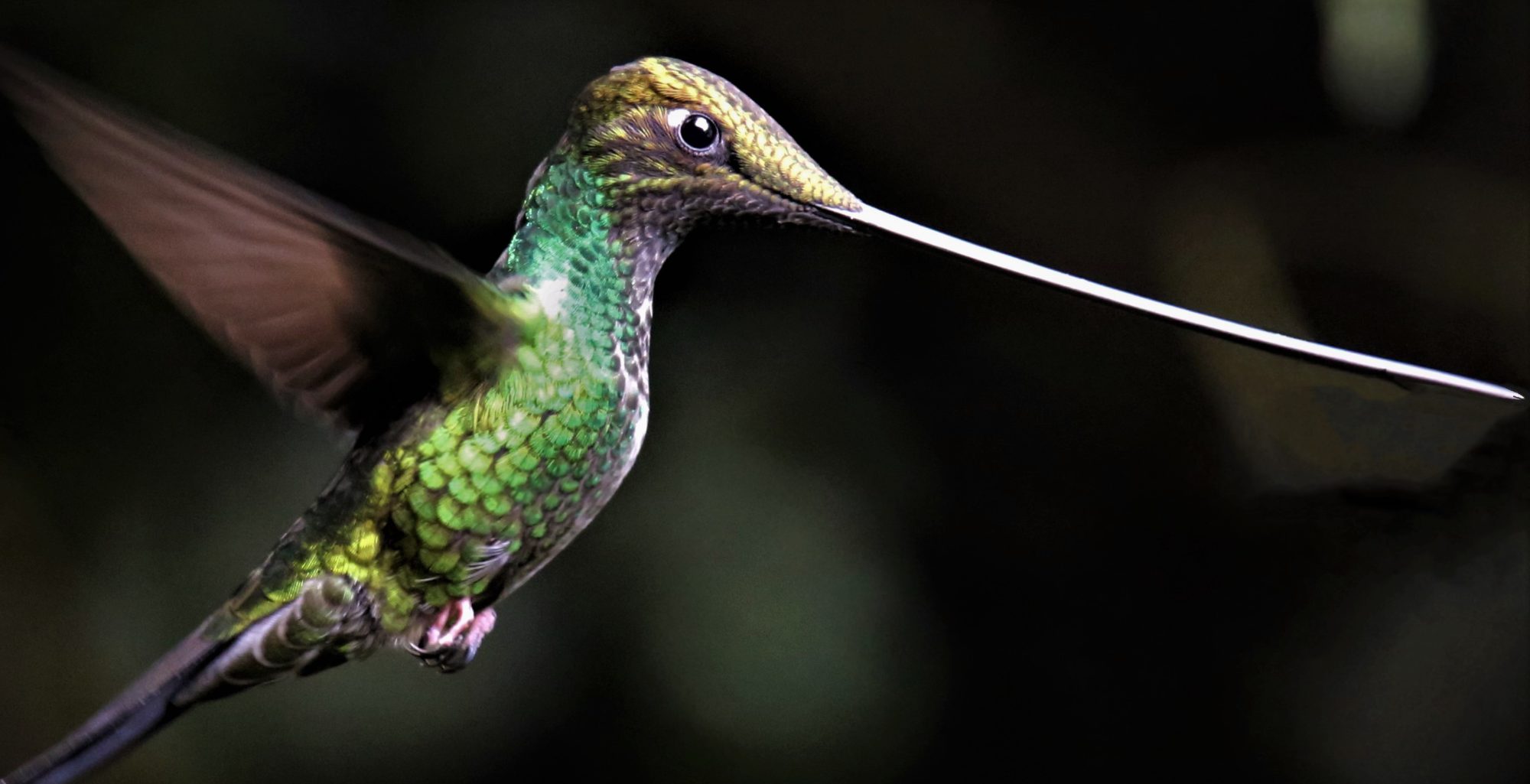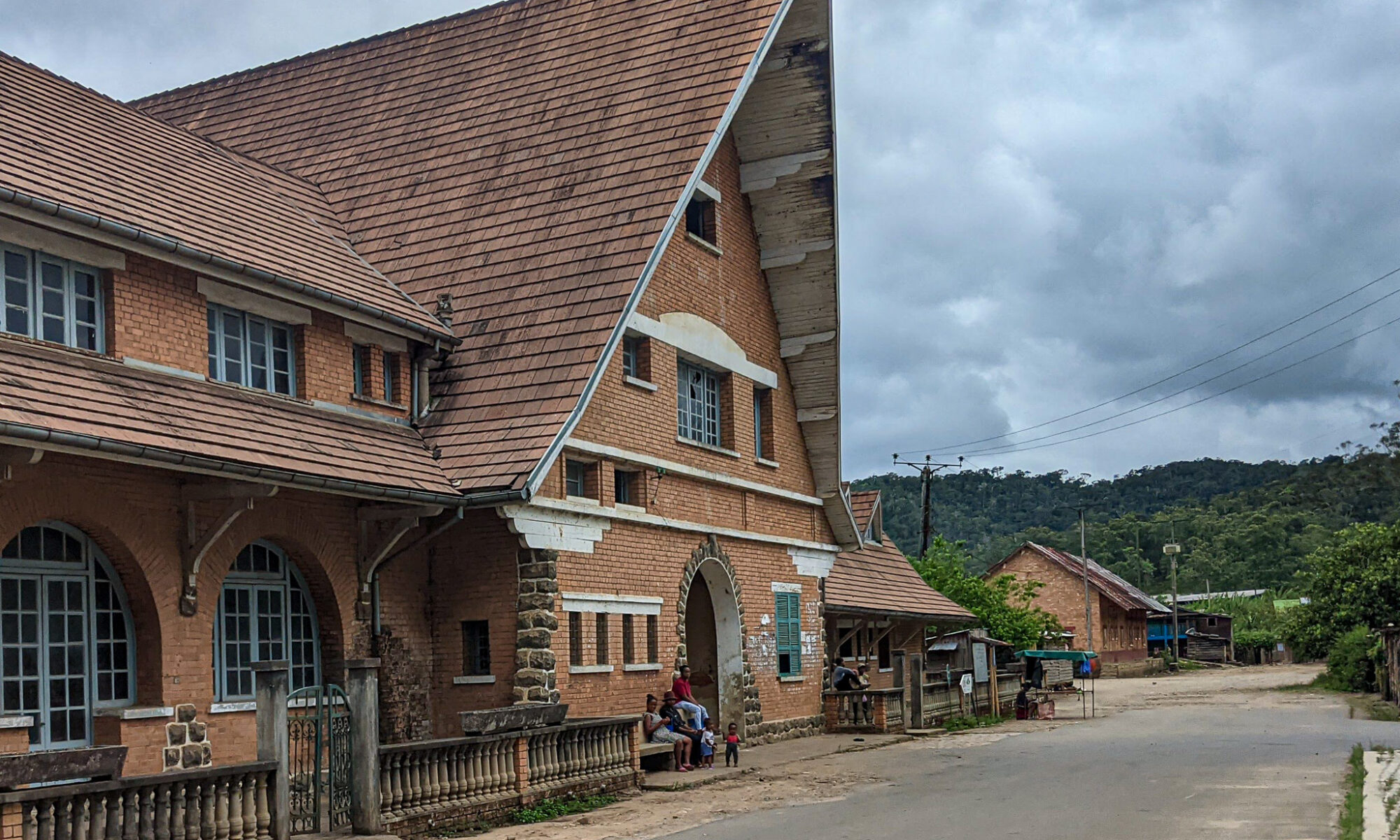We had an uneventful flight back to Antananarivo from Sambava where we were met at the airport by our bus driver. We spent part of the day getting to the University of Antananarivo to meet Dr. Steven M. Goodman, whom I spoke about briefly in the last post. He was an interesting man and just like all the people on our trip, a person whose fascination for wildlife runs very deep. Devin had made the connection, and a stop that was planned for a short period of time wound up taking the better part of the day. Dr. Goodman is listed on the Princeton University Press website as: the MacArthur Field Biologist at the Field Museum of Natural History, a cofounder of Association Vahatra in Antananarivo, Madagascar, and Professor Honoris Causa at the University of Antananarivo. He has authored or coauthored close to 600 publications concerning different aspects of Madagascar.
We were born the same year, but obviously he has had a career that brought him to a much higher level in academia than I was able to muster. I like meeting people like him and was pleased to have had the opportunity to make his acquaintance. I think I can speak for our whole group when I say, thank you, Devin, for making this meeting possible and thank you, Steven, for spending so much time with us.
When we left the city we headed by bus to the relatively small but important town of Andasibe. It was to be my second time visiting the region, but the last time I didn’t realize that it was important as the place where Sir David Attenborough stayed on one of his first visits to Madagascar. Devin might say the town is important because it was the town where he met his wife, one of the daughters of the local doctor, and where, this time, we were going to pick up his wife and daughter for the next leg of the trip. The photo above is of the combination train station and hotel where David stayed on what I gathered was his first visit (in 1961) and where he revisited when he reminisced about the importance of Andasibe in a more recent documentary which I recall having seen on some streaming service; but can’t seem to find now. I didn’t take many photos on this visit to Andasibe. I was a little off my game with an intestinal illness I had picked up while at Marojejy.
Last time I was in Andasibe, it was my first real exposure to the wilds of Madagascar, a place where another famous British naturalist, Charles Darwin, sailed right past on his epic voyage without stepping foot on land. I am giving credit to Sir David Attenborough here because he has done much in his later years to bring to the global collective conscience the crisis of climate change, and has done so in a way that can give a sense of hope that we can still act with solutions that can improve the outlook. That is a message worth spreading.
The last time I was in Andasibe with this group, I was traveling with my nephew Scott. He is pursuing his doctorate at Yale, and I hope with his degree he will be able to add to the discussion and make a difference by providing leadership and solutions. Part of the solution, at least in my view, is educating the young. We must also take into consideration that if we don’t try to address the problem in the near future, we could cross tipping points. The science is pretty clear on this, so we can’t wait for the next generation to try to solve what Sir David Attenborough and many others say is the most important issue of our time. We all should be worried and should be trying to educate ourselves on the facts. I wound up watching a few hours of nature documentaries and news presentations like 60 Minutes when I returned home in order to try to verify that the picture above was revisited in the 21st century by David; but I was unsuccessful. The extra time I spent was important, because I came away with a stronger feeling that the time to act on behalf of the only planet we know is habitable is now.
For a few more photos of Andasibe from this visit, click here. If you want to see more photos of Andasibe in 2019 click here.


